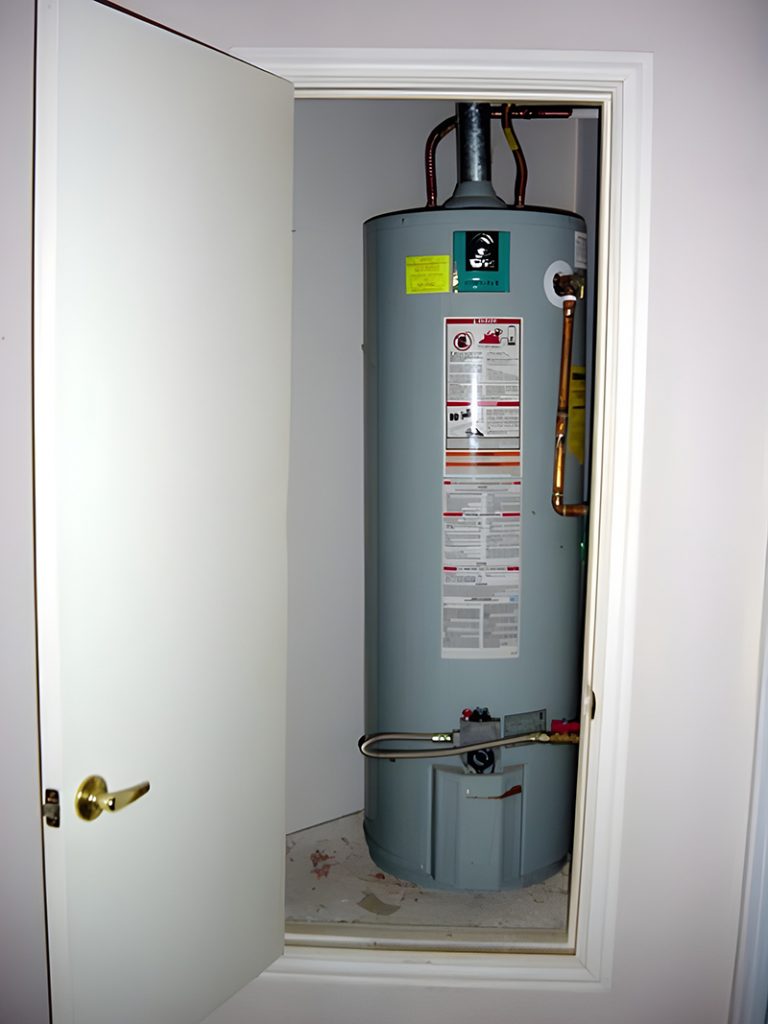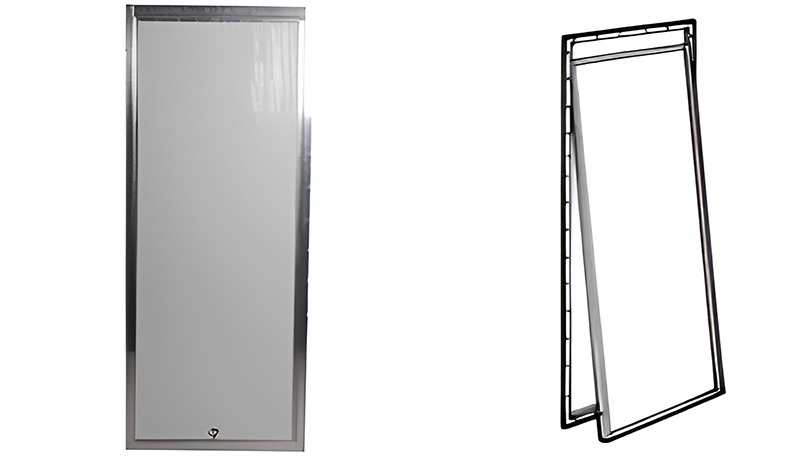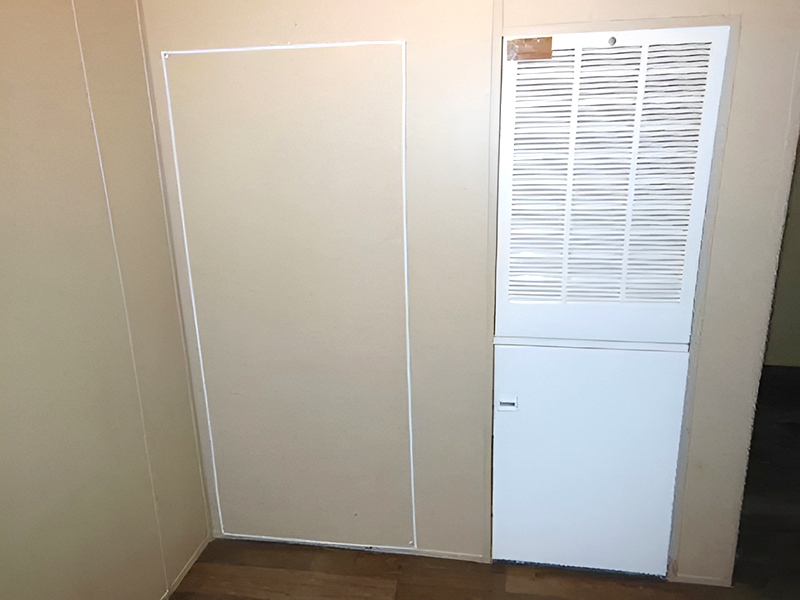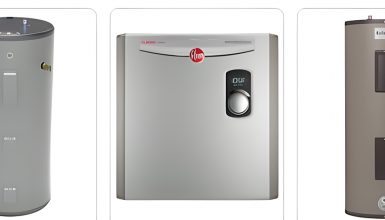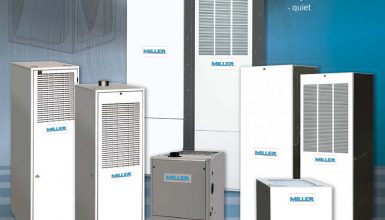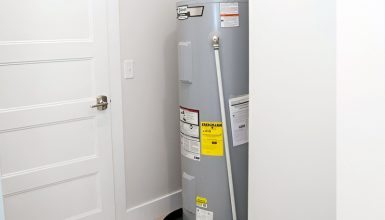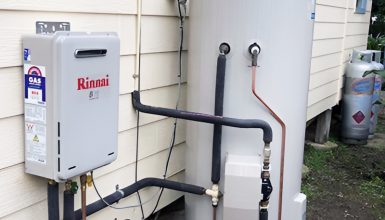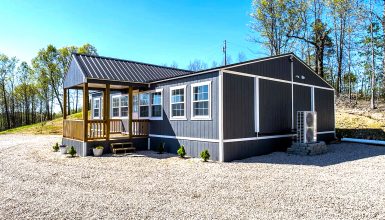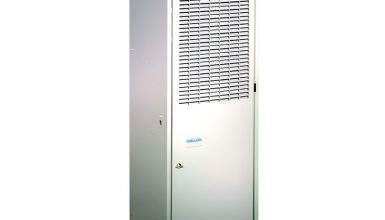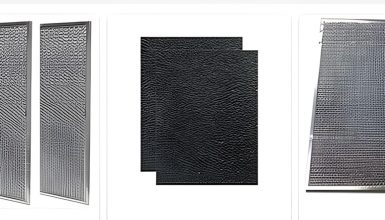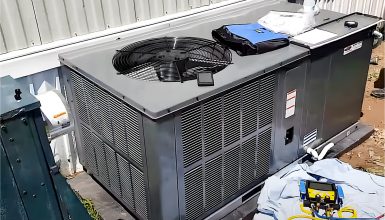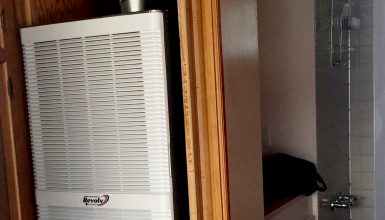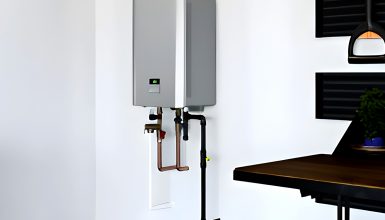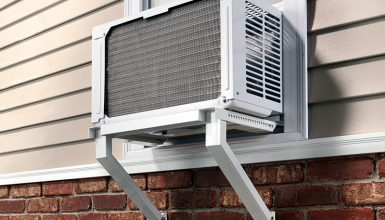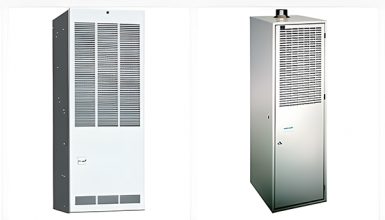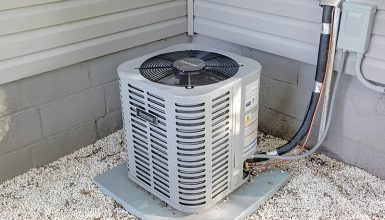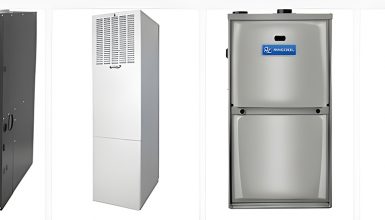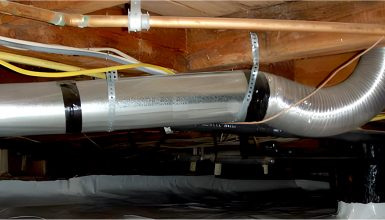A water heater access door might not be the first thing you think about your mobile home, but it has a pretty important job. It is your first line of defense against potential hazards. A properly installed door can keep out curious critters and protect your water heater from environmental damage. Plus, in case of any malfunction, like a gas leak, the door can help contain the issue, giving you more time to respond safely.
Next up, let’s talk about energy efficiency. We all love saving a few bucks on our bills, right? A well-insulated access door keeps the heat in and the cold out. It means your water heater doesn’t have to work overtime. And you get to enjoy hot showers without burning a hole in your pocket. Win-win, right?
Now, onto maintenance. We all know that things can go wrong, and when they do, quick and easy access to your water heater is essential. A well-designed access door allows you to reach the unit without a hassle. It makes routine checks or unexpected repairs much less of a headache.
Types of Mobile Home Hot Water Heater Access Doors
We’ve talked about why water heater access doors are essential. Now, let’s dive into the different types you can choose from. The access doors can vary based on the design and model of the mobile home. Also, the type and size of the water heater itself. Here are a few common styles:
1. Metal Access Doors
First up, we’ve got traditional metal access doors. Think of these as the classic, reliable option. They’re sturdy and durable, capable of standing up to the elements. But they might not be the most stylish choice, and they can sometimes rust if not correctly maintained. Still, metal doors could be your go-to if you’re after durability!
2. Plastic Access Doors
Next on the list, we have plastic access doors. They’re lightweight and rust-proof, which makes them a favorite for many. Plus, they come in various colors and styles so that you can match them to your mobile home’s exterior. But remember, plastic isn’t as robust as metal and might not insulate well, especially in colder climates.
3. Insulated Access Doors
Then, we have insulated access doors. These are the superstars of energy efficiency. They’re designed to keep the heat in, reducing the energy your water heater uses. They come in metal and plastic varieties and might cost a bit more. But they can save you money in the long run on your energy bills.
4. Panel Access Doors
These are simple, flat doors that cover the water heater compartment. They might have a latch or screws that secure them in place. You’ll need to unlatch or unscrew the panel to access the water heater.
5. Louvered Access Doors
Louvered doors are popular for water heater closets because they allow for ventilation. It is necessary for the safe operation of the water heater. They look similar to shutters, with angled slats letting air flow while still covering the water heater.
6. Access Panels
Sometimes, instead of a full door, there might be an access panel that you can remove to reach the water heater. It could be a small section of a wall or cabinet that’s secured with screws.
7. Exterior Access Doors
In some mobile homes, especially older models, the water heater might be accessible from outside. In this case, an exterior access door would be weatherproof and secure.
8. Customized Access Doors
Lastly, we have customized access doors. These are made to fit your needs and can be any combination of the above types. Maybe you want a metal door with extra insulation or a plastic door in a unique color. With customized doors, you have the freedom to choose what exactly you want.
So, there you have it! From sturdy metal to energy-saving insulated doors, there’s an option for every home and every homeowner.
Signs Your Access Door Needs a Replacement
Let’s discuss when it might be time to consider replacing your water heater access door. Here are a few signs it might be time for a replacement:
- Physical Damage
This one’s pretty straightforward. If you see visible damage like cracks, rust, or warping, it’s probably time for a new door. These issues can compromise the door’s effectiveness, allowing drafts in or posing a safety risk.
- Difficulty in Opening or Closing
If your door is sticking, jamming, or just plain hard to open or close, that’s a sign something’s not right. It could be a problem with the hinges, the door itself, or even the frame. Regardless, a door that’s not functioning is a door that needs replacing.
- Drafts or Temperature Fluctuations
Feel a cold breeze coming from your water heater closet? That’s a sign your door isn’t insulating correctly. It can make your water heater work harder, increasing energy bills. A new, well-insulated door can help keep things cozy and efficient.
- Increased Energy Bills
Your access door could be the culprit if you notice your energy bills creeping up without another explanation. A worn-out or poorly insulated door can let heat escape. It means your water heater has to use more energy to keep your water hot.
- Old Age
Finally, sometimes it’s just a matter of time. Suppose your door is old, and you see minor issues. In that case, it might be worth considering a replacement before those minor problems become significant.
Remember, replacing your access door is a relatively simple and cost-effective way to improve your home’s efficiency and safety. So, if you’re noticing any of these signs, it might be time to start shopping for a new door.
Key Factors to Consider When Choosing an Access Door
Alright, we’re getting closer to making an informed decision about your new water heater access door. But before we dive into the nitty-gritty of installation. Let’s discuss some key factors to consider when choosing your access door. Think of this as your checklist to make the best choice for your mobile home.
- Size and fit
First things first, size and fit. You want your access door to cover the water heater entirely without leaving gaps or spaces. So, break out that measuring tape and note down the dimensions. There’s nothing worse than a door that just won’t fit right!
- Durability
Next up is durability. Your access door will face all sorts of weather, from scorching sun to freezing snow. So, you’ll want something that can stand up to the elements. Metal doors are typically durable but might rust if not correctly maintained. Plastic, on the other hand, won’t rust but might not handle extreme temperatures as well.
- Insulation
Now, let’s talk insulation. Remember, a well-insulated door can help your water heater work more efficiently, saving you money on energy bills. Insulated doors might cost more upfront but can pay for themselves in the long run. It’s like investing in a good winter coat – sure, it’s more expensive, but you’ll be thankful when the temperature drops!
- Ease of installation
Ease of installation is also crucial. If you’re a DIY enthusiast, you’ll want a door you can install without hassle. But even if you’re hiring a professional, an easy-to-install door can save you time and money.
- Aesthetic
Lastly, don’t forget aesthetics! Your access door might not be the focal point of your home, but that doesn’t mean it can’t look good. Choose a style and color that matches your mobile home’s exterior. After all, every detail counts when making your home truly yours.
So, there you have it! These are vital factors to consider when choosing your water heater access door. Remember, it’s about balancing practicality and style and making a choice that suits your home and lifestyle. Happy door hunting!
How to Install Your Water Heater Access Door
Great, you’ve picked out your new water heater access door! Now comes the fun part – installation. Don’t worry. Whether you’re a DIY master or a novice, we’ve covered you. Let’s walk through the process step by step.
Tools
To start, you’ll need a few tools: a drill, some screws, a level, and possibly a friend to help hold the door in place. Got everything? Awesome, let’s dive in!
Step 1: Remove the old access door
First up, you’re going to remove your old access door. Unscrew it, lift it off, and pat yourself on the back. Step one, done! Now, take a moment to check out the opening. Ensure no damage or debris can get in the way of the new door.
Step 2: Hold the new door up to the opening
Next, grab your new door and hold it up to the opening. It is where that friend might come in handy. Use your level to make sure it’s straight. A crooked door isn’t just unsightly. It can also let in drafts or even critters. So, take your time and get it just right.
Step 3: Drill pilot holes
Once the door is level, hold it steady and drill pilot holes for the screws. It will help prevent the door material from splitting when you put the screws in. If your door came with pre-drilled holes, use those as your guide.
Step 4: Secure the door
Now, it’s time to secure the door. Grab your screws and start attaching the door to the opening. Make sure to tighten each screw securely, but don’t overdo it. You don’t want to strip the screws or damage the door.
Step 5: Testing
Finally, once all the screws are in place, give the door a once-over. Make sure it’s secure, level, and opens and closes quickly. If everything looks good, congratulations! You’ve just installed your new water heater access door!
Remember, this is a general guide. Your door might come with specific instructions, so follow those as well. And if you’re unsure or uncomfortable at any point, call in a pro.
Conclusion
Your water heater access door is more than just a cover—it’s a key player in your home’s safety, efficiency, and ease of maintenance. So take your time, consider your options, and choose a door that ticks all your boxes. Metal or plastic, insulated or basic, DIY or professional installation, the choice is yours.

